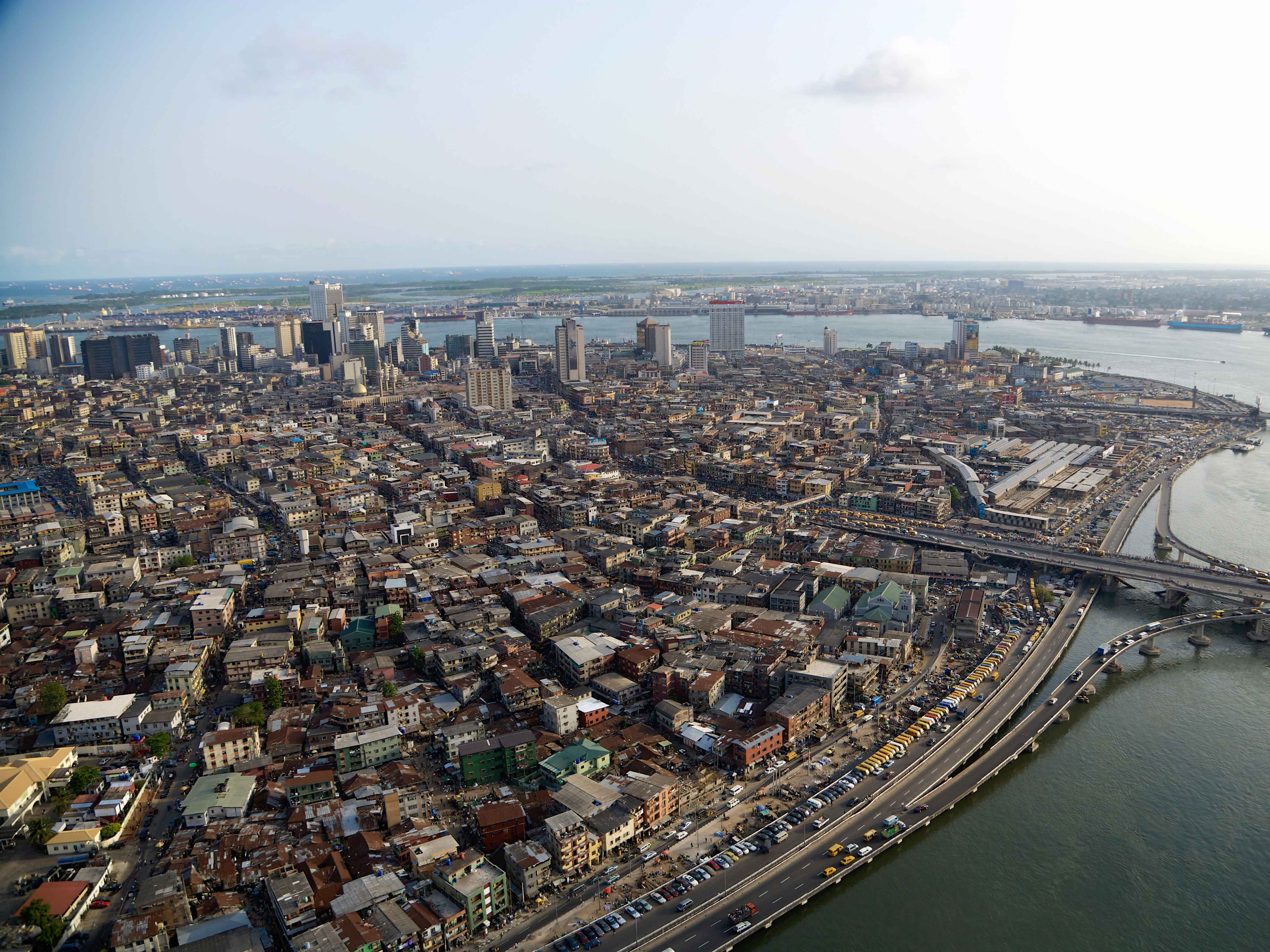Do luxury perks and ultra-cool facilities really create a better work environment?

Once upon a time, office facilities equated to a desk, a chair and a coffee machine if you were lucky. Greenery was sparse, save for perhaps a vase of flowers on the desk at reception. The poorly equipped workspaces of yesteryear, with their grey walls and squeaky whiteboards, were designed as locations for unadulterated concentration, free from distractions and frivolity.
However, the ultra-cool offices owned by some of the world’s most prestigious businesses now resemble adult playgrounds, boasting facilities such as slides, hammocks and nap pods. Gone are the days of endless meetings in soulless conference rooms; they’ve been replaced by walking ‘think-ins’, most likely accompanied by at least one team member’s pet spaniel.
The most famous proponent of these creativity-driven office spaces is Google. It pioneered the model with its original campus, nicknamed the
Working in a creative office space filled with fun amenities can have a positive impact on employee happiness, which boosts productivity “What Google has done is raised the bar for the amount of time, attention, thinking and financial investment that organisations should make in their workplaces’ facilities,” said Tim Oldman, CEO of Leesman, a company that compiles an eponymous index charting effectiveness in thousands of workplaces around the world. While some view the installation of trendy facilities as necessary in the war for talent and contributory to productivity, others have questioned whether it really aligns with what modern employees seek from their workplace experience. Proven improvements And it’s not just developers who might find themselves at the office at all hours of the day and night: around 30 percent of meetings that take place at Google involve employees in two or more time zones, according to Veronica Gilrane, who manages the company’s People Innovation Lab. The time difference between employees could be up to 17 hours: if someone in Google’s Sydney office had a conference call with their California-based counterpart at 5pm Australia time, their colleague would have to stay in the office until midnight. Having a comfy space in which to relax while waiting for a late meeting, or facilities for doing some laundry, makes life easier for employees who are at the office during periods when they would normally be at home. Research also suggests that working in a creative office space filled with fun amenities can have a positive impact on employee happiness, which boosts productivity. “If your employees are happy, they’ll perform better and stay with [the company] for a longer time,” said Gautam Saghal, COO at employee benefits provider
Age matters The jury is out, however, on whether fun office facilities are the most effective means of engaging employees and boosting productivity. “Things like slides, or beanbags, football tables or basketball hoops may be nice things, and they may reinforce aspects of corporate culture, but there are very few of them that you could associate with a great day at work,” Oldman said. Saghal agreed: “Those kinds of perks are heavily contextual… If you’re Google and you have developers working around the clock, nap pods make perfect sense, but in a different environment, they may not.”
Aside from the cool credentials, there are practical reasons why companies like Google might invest in facilities that would typically be found in someone’s home rather than office space. For example, tech developers often work unsociable hours to support site functionality through the night and may be forced to work longer than usual if there is a glitch that needs to be dealt with. The availability of sleep pods makes their jobs infinitely easier as they’re able to take a quick nap to keep them firing on all cylinders, rather than driving home and back again. According to the

It’s no secret that happy, engaged, productive employees make for a profitable company. In 2013, a global review by the
The Process of Money Creation by Banks
Money creation is a complex process that involves various actors and institutions. Banks, in particular, play a crucial role in this process, as they are the ones responsible for creating most of the money in circulation. In this article, we will explore the process of money creation by banks and pr
If the bank collapses and we get our money back
The recent collapse of Silicon Valley Bank and Signature Bank has raised concerns about the safety of bank deposits and the role of the Federal Deposit Insurance Corporation (FDIC) in protecting them. The FDIC is a government agency that insures deposits in most U.S. banks and thrifts up to $250,000
Top 10 stocks with higher growth in the first half of 2023
In 2023, a new year unfolds, and the initial months have witnessed robust performance across the global stock market. Let's delve into the standout stocks that have exhibited notable strength in the first half of the year.1. Palo Alto Networks (PANW): This company is a cybersecurity firm that pr
Embracing Disruption: A Catalyst for Positive Change
In the world of business and technology, the term ‘disruption’ often carries negative connotations. It is associated with uncertainty, upheaval, and the displacement of established systems or practices. However, viewing disruption solely as a destructive force overlooks its potential to a








